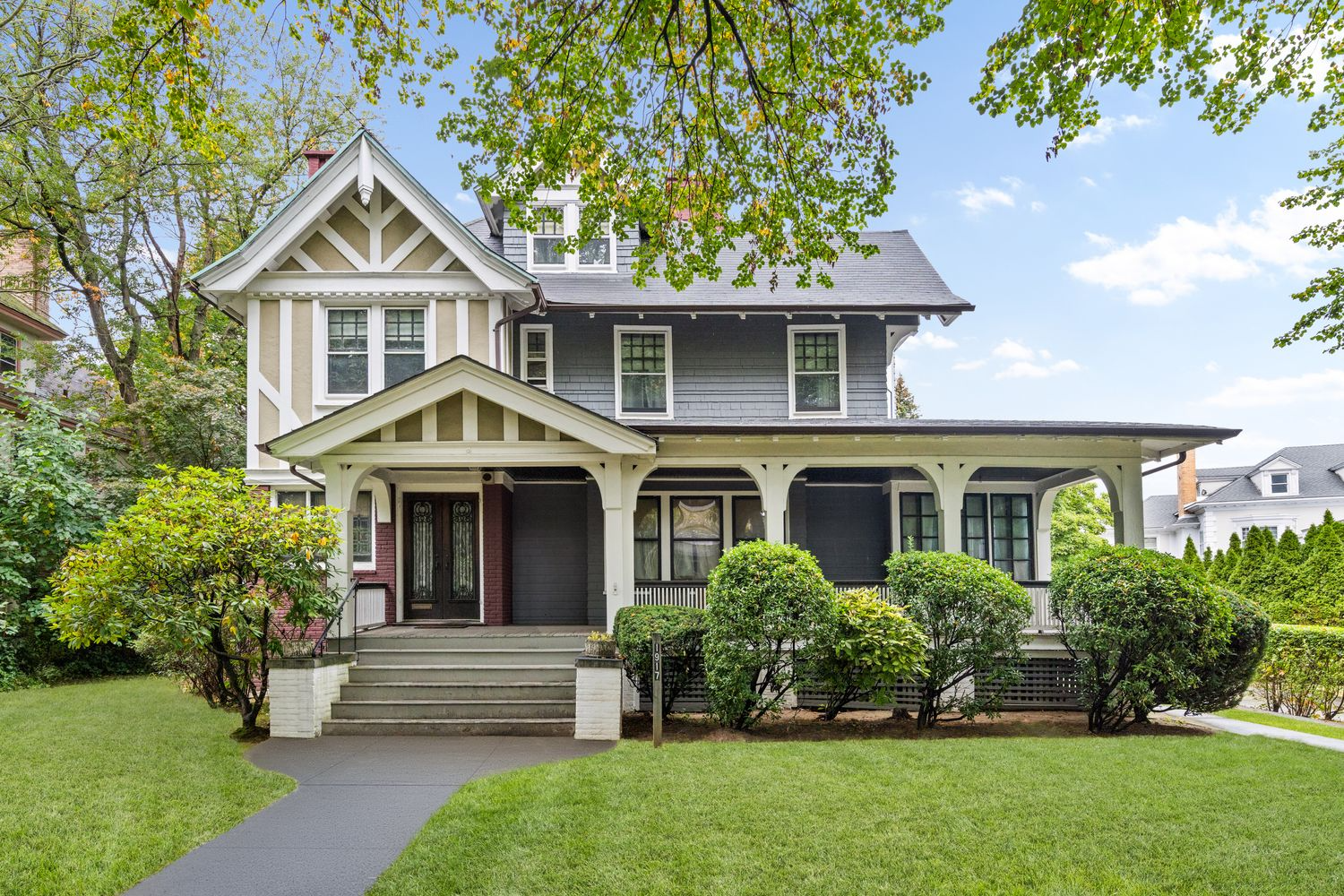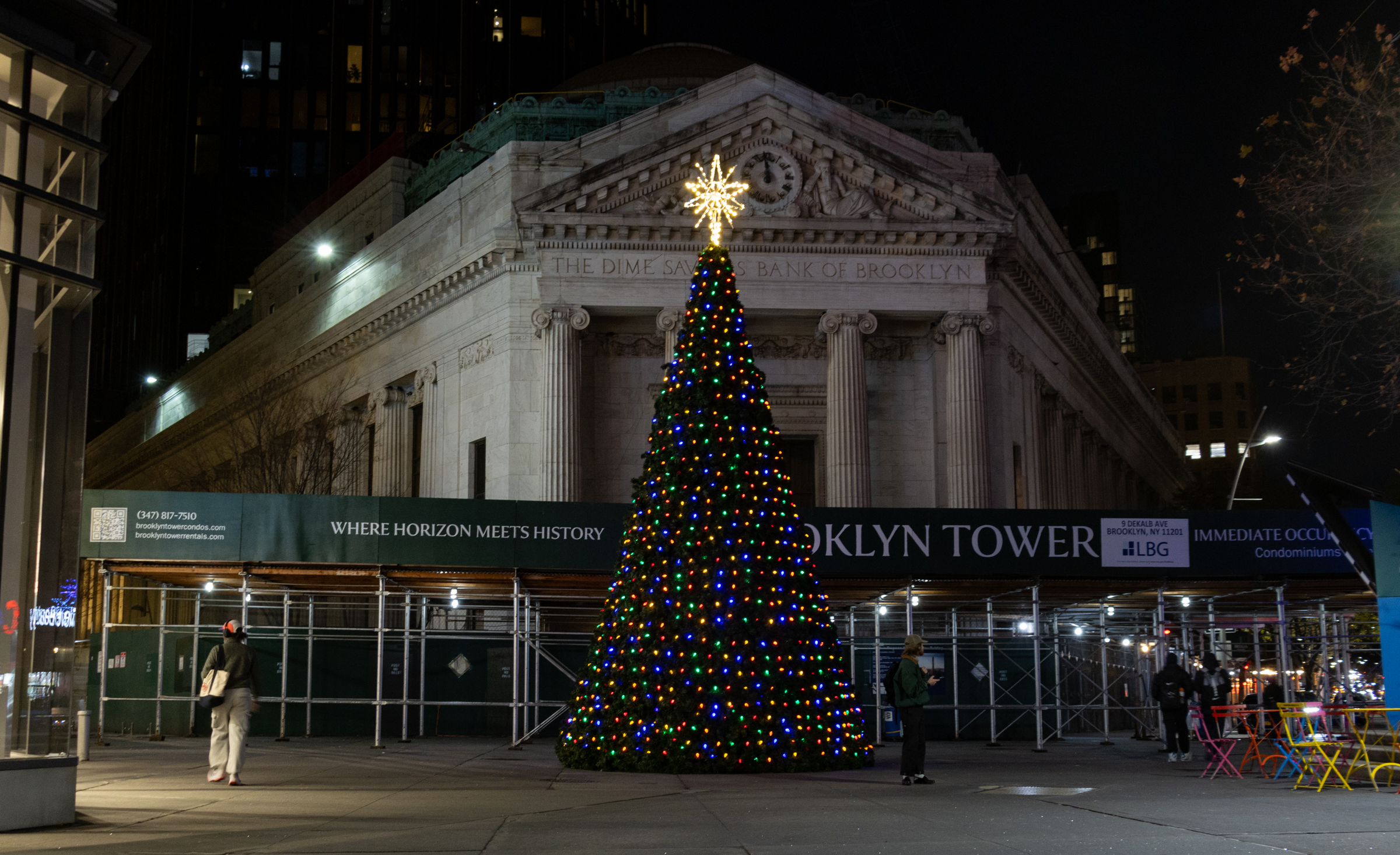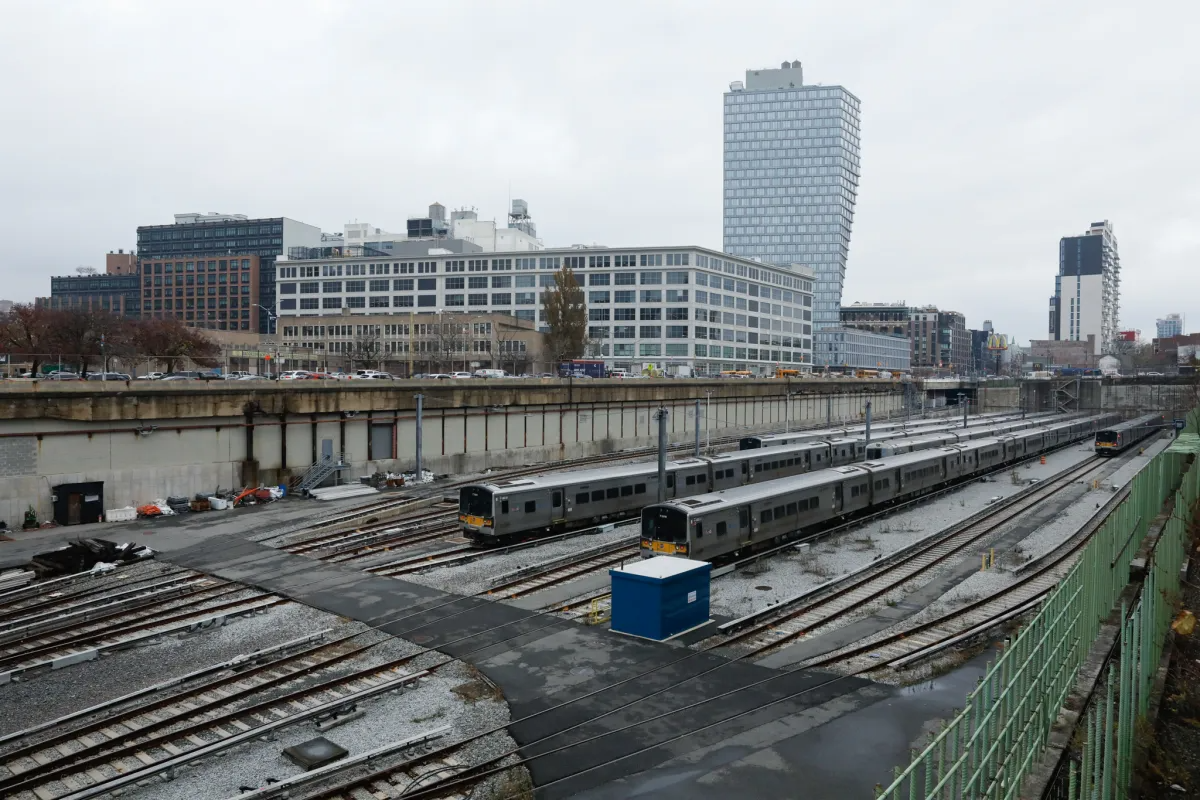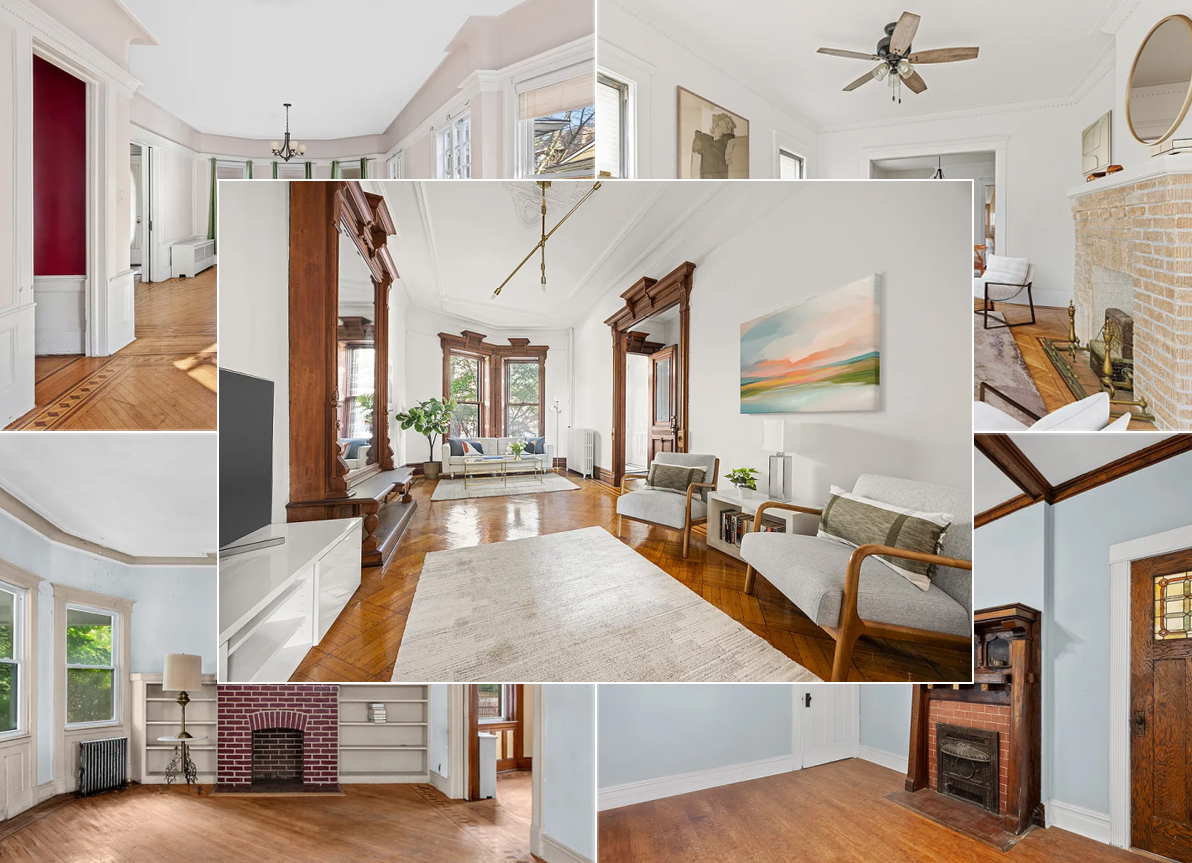Past and Present: The Baptist Home
A Look at Brooklyn, then and now. Many of the “before and afters” highlighted in this column took place long before many of us were around. This one, I remember from when I first moved to Bedford Stuyvesant in 1983. The Baptist Home was one of Brooklyn’s many charitable institutions located in the now Bedford…

A Look at Brooklyn, then and now.
Many of the “before and afters” highlighted in this column took place long before many of us were around. This one, I remember from when I first moved to Bedford Stuyvesant in 1983. The Baptist Home was one of Brooklyn’s many charitable institutions located in the now Bedford Stuyvesant and Crown Heights area, all instituted in the latter half of the 19th century. This old age home stood on the corner of Throop Avenue, between Greene Avenue and Van Buren St. It was built in three stages, each designed by one of Brooklyn’s finest architects. The main building was designed by E.L. Roberts in 1873-75. Roberts was one of Charles Pratt’s favorite architects, and designed Charles Pratt’s Clinton Avenue home, as well as the chapel of Emmanuel Baptist Church, among other buildings in the area. Pratt himself was a devout Baptist, and probably donated to, and advised in the building of this home.
The second wing was designed by Parfitt Brothers in 1901. They are responsible for numerous buildings across brownstone Brooklyn, including St. Augustine’s R.C. Church, and Grace Methodist in Park Slope. The final infirmary wing was designed in 1925-26 by the prestigious firm of Helmle & Corbett. Frank Helmle was responsible for the Boat House and Tennis House in Prospect Park, as well as the Bossert Hotel, and many other buildings.
The Library of Congress has an excellent, albeit sad, photo essay of these buildings in their abandoned state, of which this black and white photo is one. It dates from the late 1970’s or early ’80’s. I had an elderly relative who lived further down on Throop, and I used to take the bus past here, and always admired this abandoned set of buildings. The Home was at this location until the mid-1970’s, when it was judged to be too small, and the neighborhood too dangerous. The Baptist Home of Brooklyn relocated to Rhinebeck, NY, where it still operates. The Ethiopian Orthodox Coptic Church bought the buildings in 1977, and lost them to the city in 1982, where they lay abandoned for a decade or more . My relative also passed away, and I did not have cause to be down this way for several years. The Baptist Home slipped away without any notice or fanfare. The Elijah Smith Senior Citizen Home, a rather bland and generic building, was built by HPD in 1995.
Had the building been standing today, would it have been torn down so quickly and quietly? Would the preservation community have rallied to landmark it? Its architects and place in history would certainly have made it worthy. Was most of it salvageable, and could it have made a viable senior home today? There was an another historic building a couple of blocks away, an abandoned precinct building, in much better shape than this, also on Throop, and it too, slipped away, to be replaced by a generic Fedders building. Bedford Stuyvesant cannot afford to see more of its heritage disappear. Landmarking is our only way to assure we don’t lose any more. GMAP
Please join Brownstoner reader “Amzi Hill” and myself on a walking tour of Bedford Stuyvesant, this Saturday, 11 AM. See our website for more details. See what all the fuss is about, and get to know some of Bedford Stuyvesant’s architectural and cultural treasures.







I don’t know that it would have made a viable senior citizens’ home. Long ago I worked in hospital administration and even then (70s) medical technology made it extremely difficult to adapt old buildings to modern use. That’s not to say that it could not have been adapted for another use.
I’m torn about this. I do think the old buildings were great, however I’m sure the new building provides a much more efficient and hygenic environment for the staff and residents of the facility. Sometimes, one has to let some things go. Often, their disappearance spurs the community to think about the benefits of landmarking what’s left.